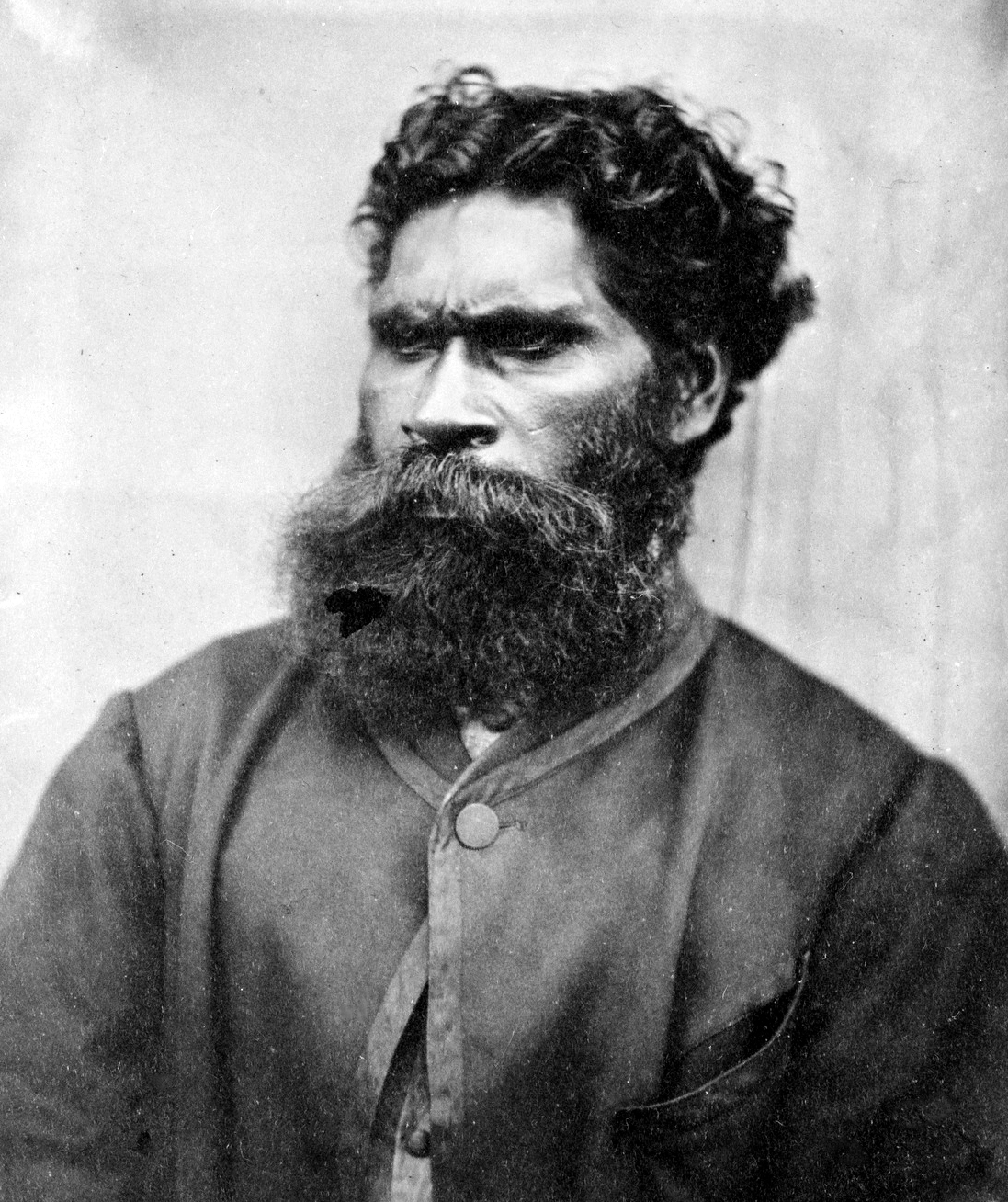Barak, William (1823?-1903), was an Australian Aboriginal leader, activist, and artist. In the late 1800’s, Barak served as a spokesperson for Aboriginal affairs. He worked to protect the rights of Aboriginal people, particularly in matters of land rights and self-governance. Artistically, Barak was noted for his drawings, which were often of Aboriginal ceremonies and rituals. His works are some of the few depictions of traditional Indigenous (native) life created by an Aboriginal artist in the 1800’s. 
Barak (also spelled Beruk) was born around 1823 at Brushy Creek, which later became part of the Wonga Park suburb of Melbourne, Victoria. Barak was a member of the Wurundjeri Aboriginal people. The Wurundjeri clan is part of the Woiwurrung language group, one of five Aboriginal groups with traditional lands in and around Melbourne. Collectively, these groups are known as the Kulin Nation. Barak’s father, Bebejan, was a ngurunggaeta (clan leader) among the Wurundjeri people.
In 1835, Barak witnessed the signing of a treaty between members of the Kulin Nation and the British settler John Batman. The signing marked the beginning of a period of great hardship for the Wurundjeri people. Local Aboriginal leaders intended to give the colonists temporary access to their traditional lands, but Batman and other colonists believed that they had purchased the land. As European settlers began farming the area, many Wurundjeri people were forced to move away from the region.
Barak attended the Yarra Mission School in Melbourne from 1837 to 1839. In the early 1840’s, he became a member of the Native Police Corps, a police force made up of Aboriginal officers. After joining the force, Barak adopted the name William. The Native Police Corps disbanded in 1853.
Barak began helping his cousin Simon Wonga, a ngurunggaeta, protect the rights and interests of the Wurundjeri people. Wonga and Barak tried to establish an Aboriginal farming community that would allow Aboriginal people to support themselves without competition from European settlers. However, the Wurundjeri people were denied or cheated out of their claims to various areas of farmland.
In 1863, the colonial government of Victoria finally agreed to set aside an area of farmland just south of what later became the town of Healesville, Victoria. Later that year, Barak relocated to the area, which was called Coranderrk. The Coranderrk reserve was economically successful during its early years. Following Wonga’s death around 1875, Barak became a ngurunggaeta.
Throughout the 1870’s and 1880’s, a group of white officials appointed to inspect and manage Coranderrk repeatedly attempted to close the reserve. In response, Barak organized letter-writing campaigns and petitions among Aboriginal people on the reserve and influential white settlers. On numerous occasions, Barak led marches from Coranderrk to personally deliver petitions to government officials in Melbourne. His methods of political persuasion were effective, and Coranderrk continued to operate as an Aboriginal reserve until 1924.
Beginning in the 1880’s, Barak also became known for his artistic works. He was one of the first Aboriginal artists to be nationally recognized during his own lifetime. He often used natural materials, including charcoal and ochre, to create the pigments (colors) in his drawings. Barak died on Aug. 15, 1903. Many of Barak’s works are held in prominent art collections and museums around the world.
